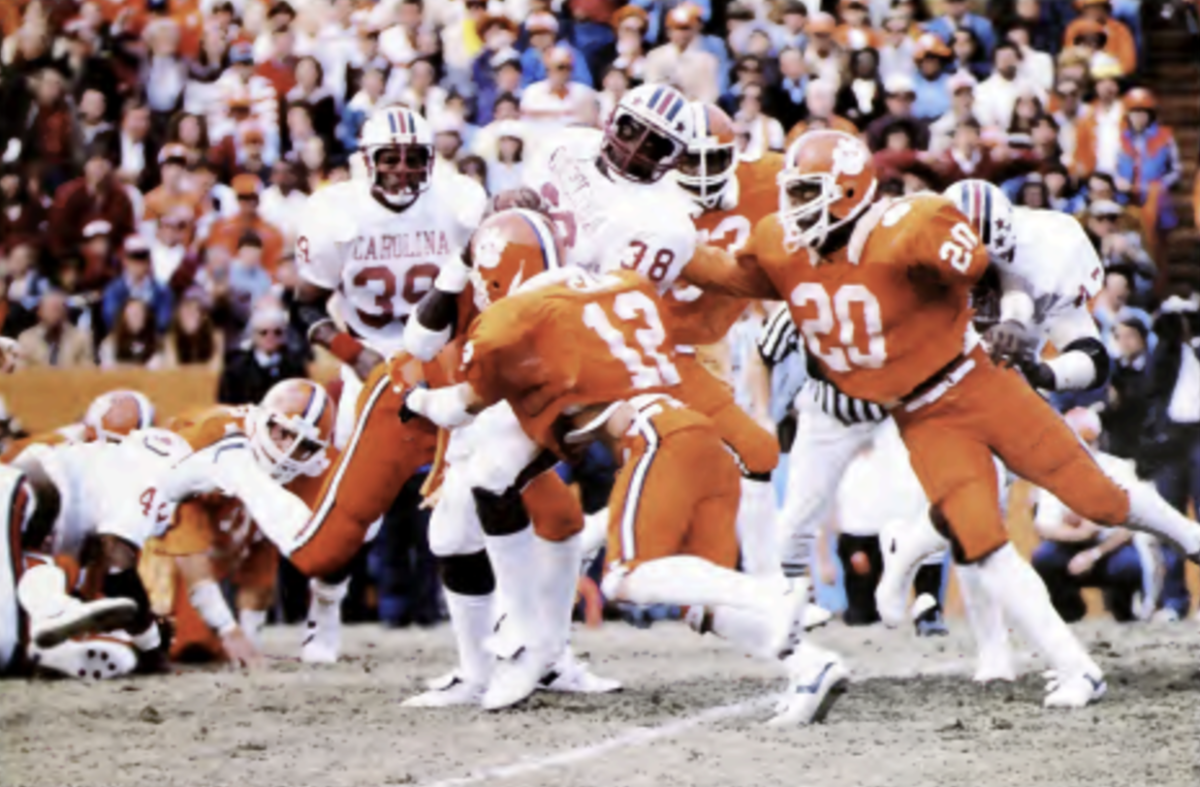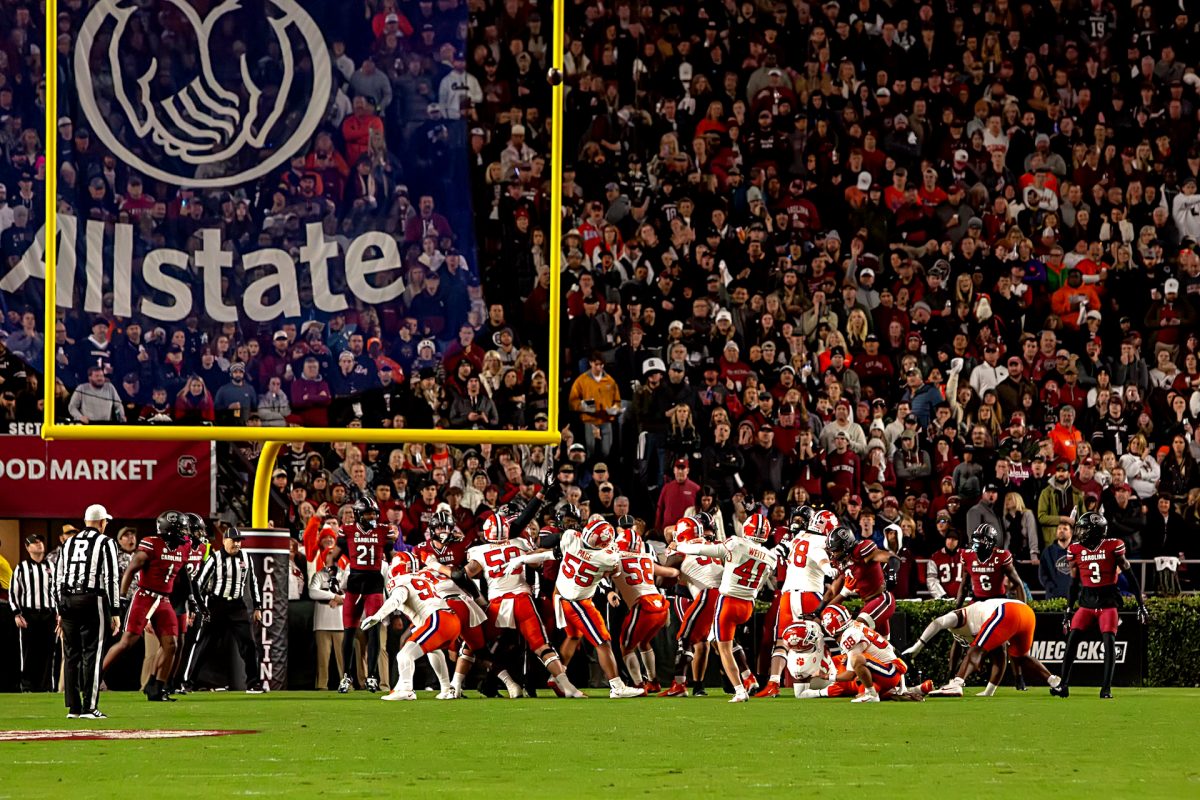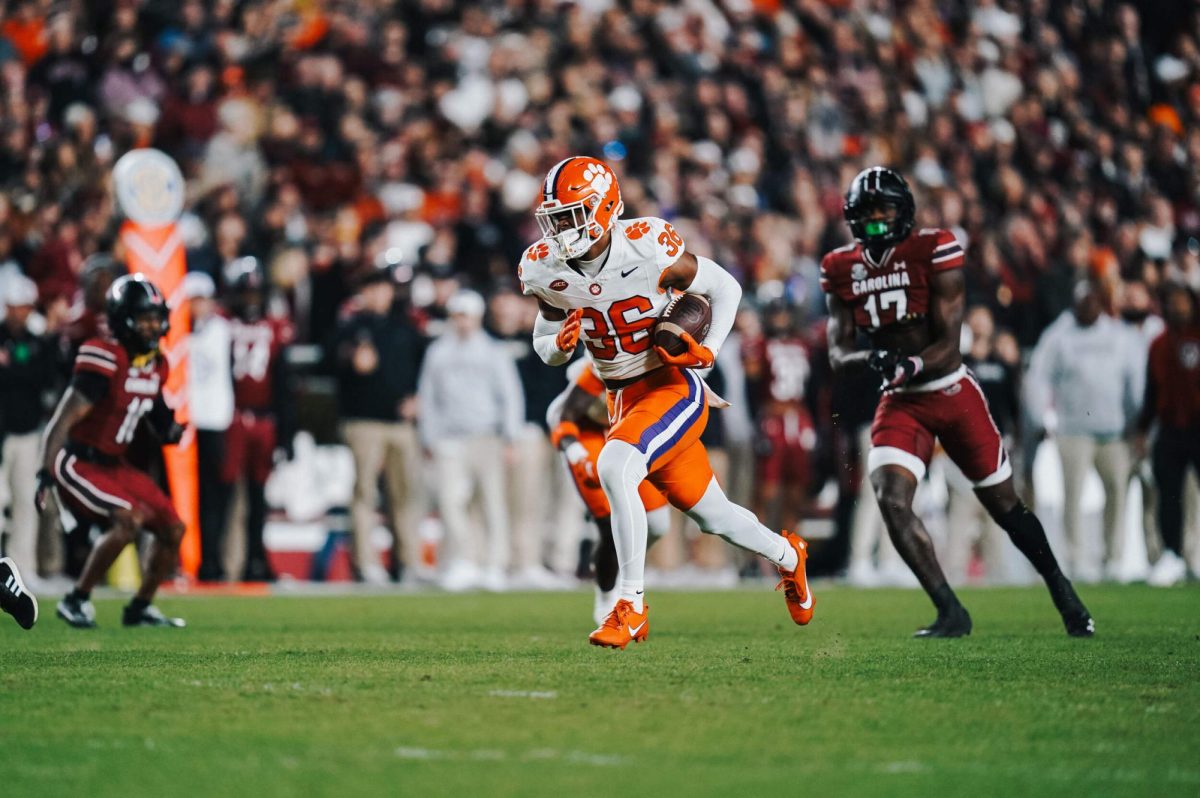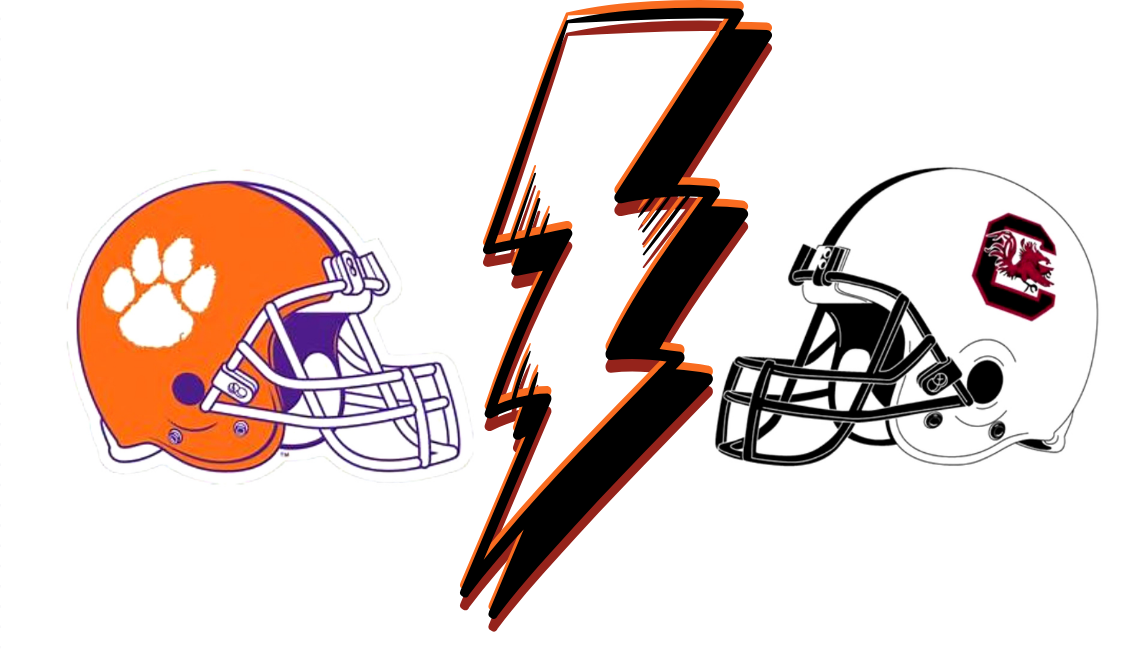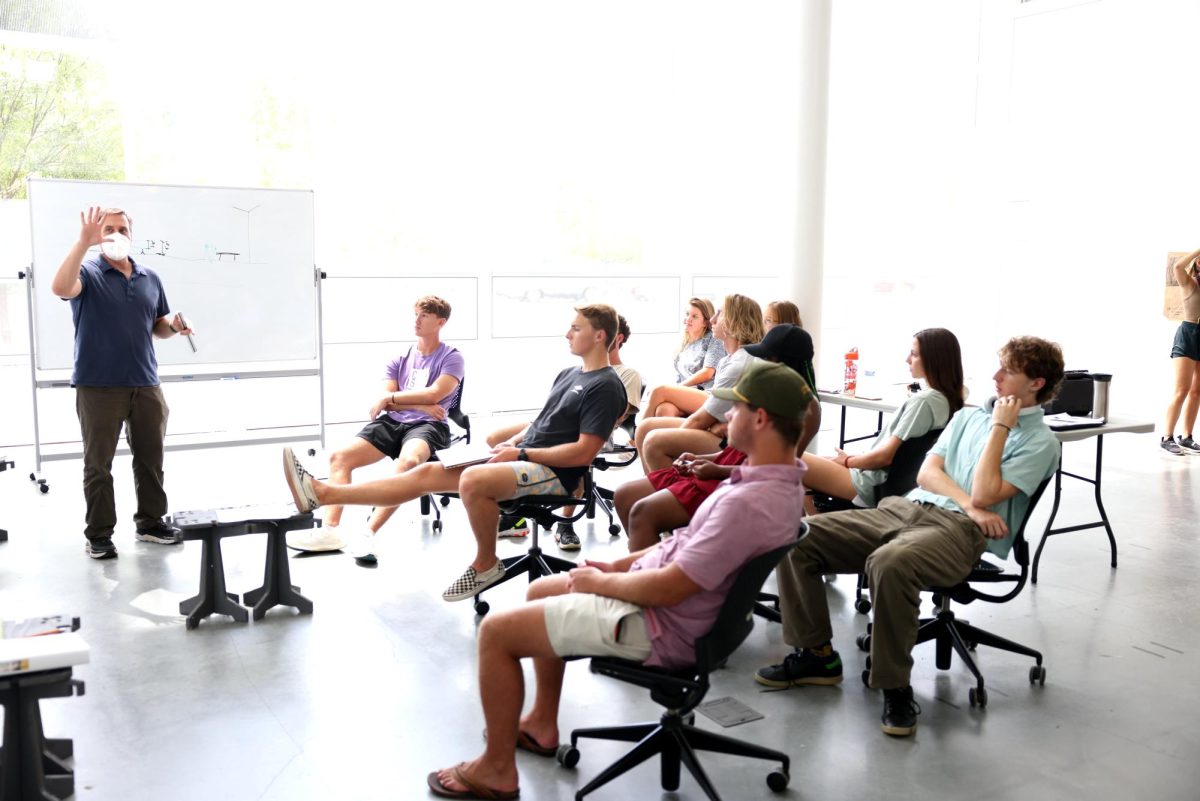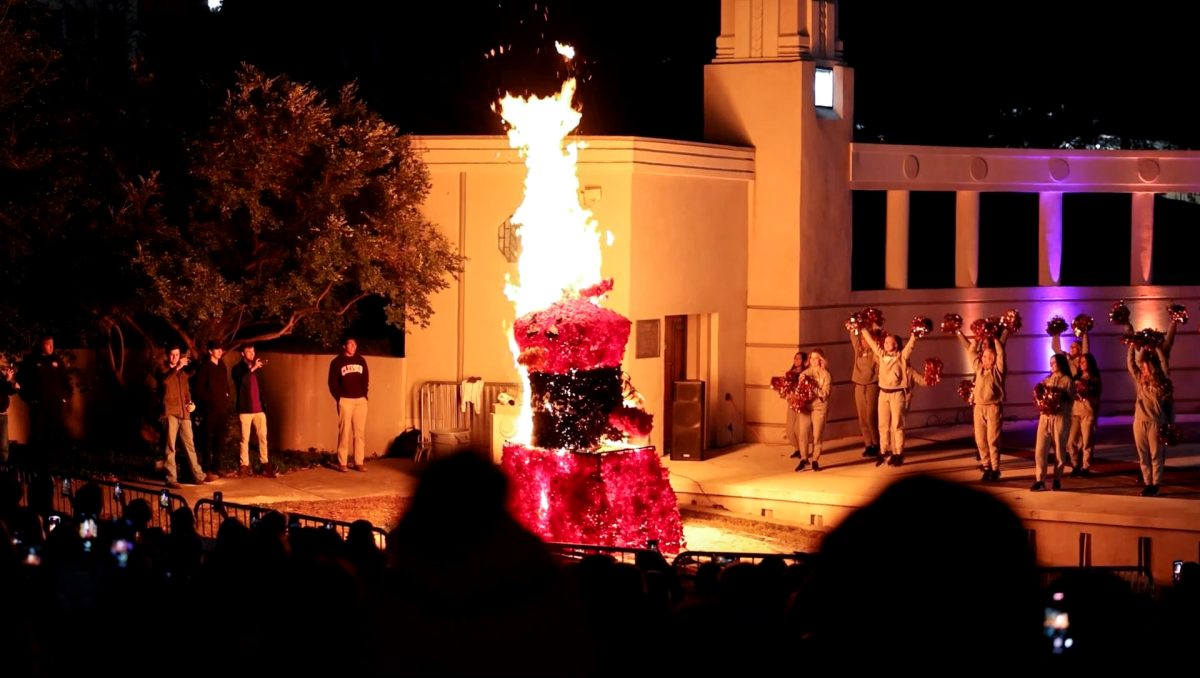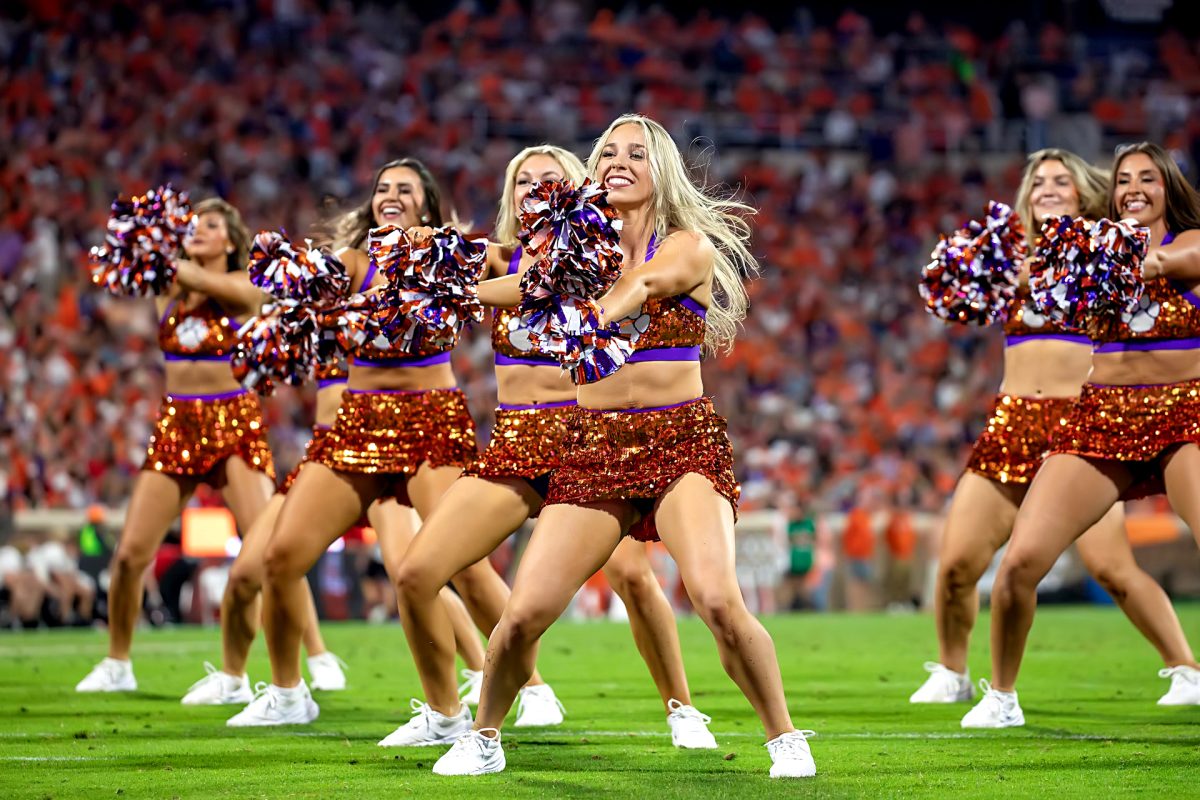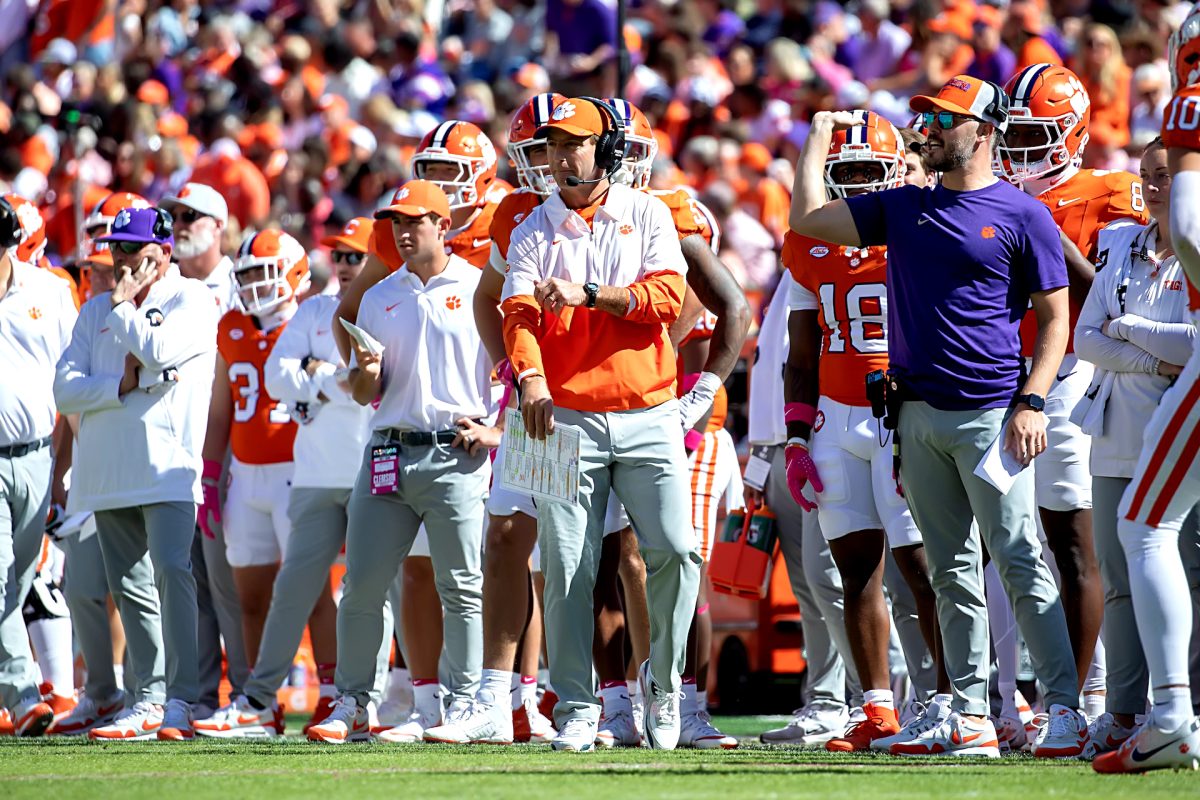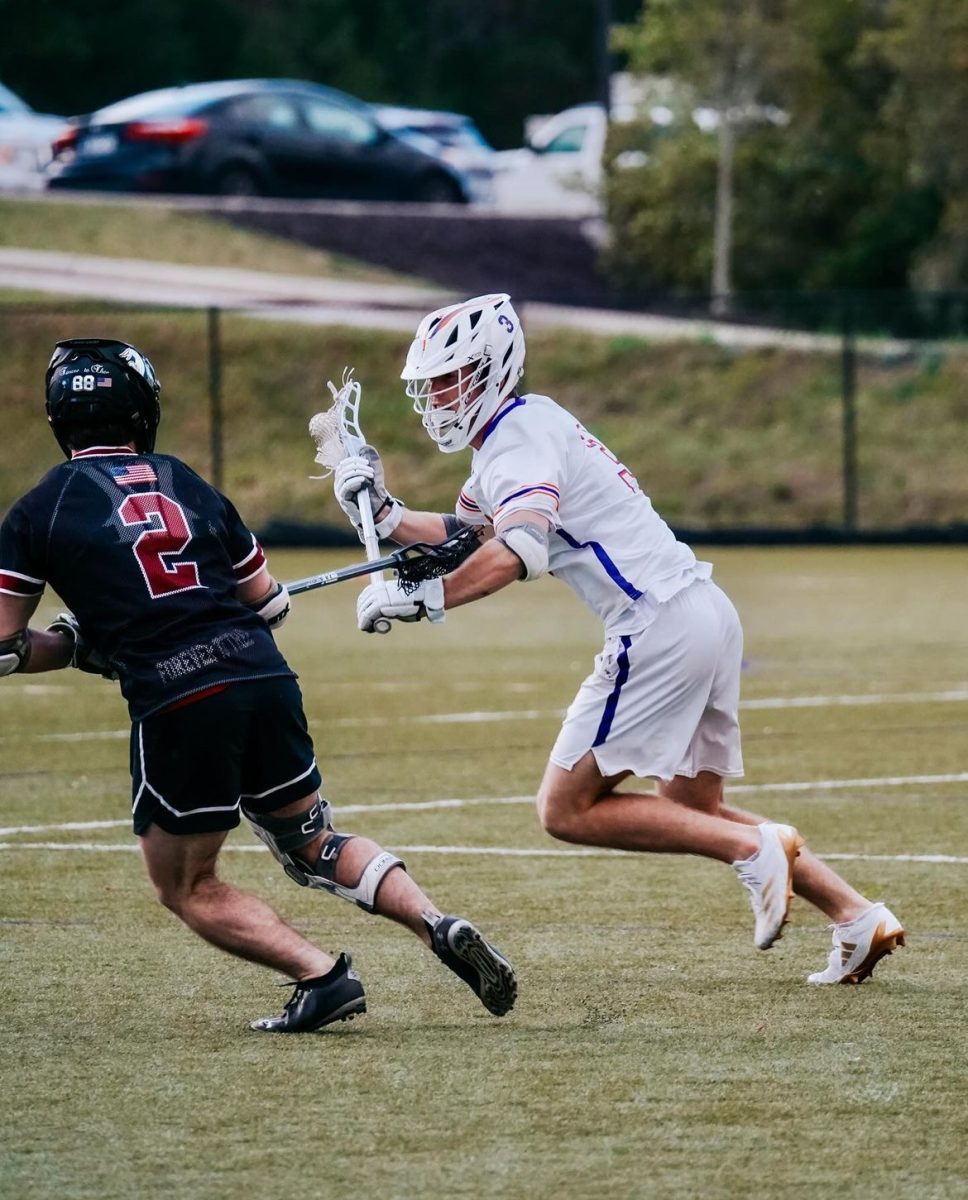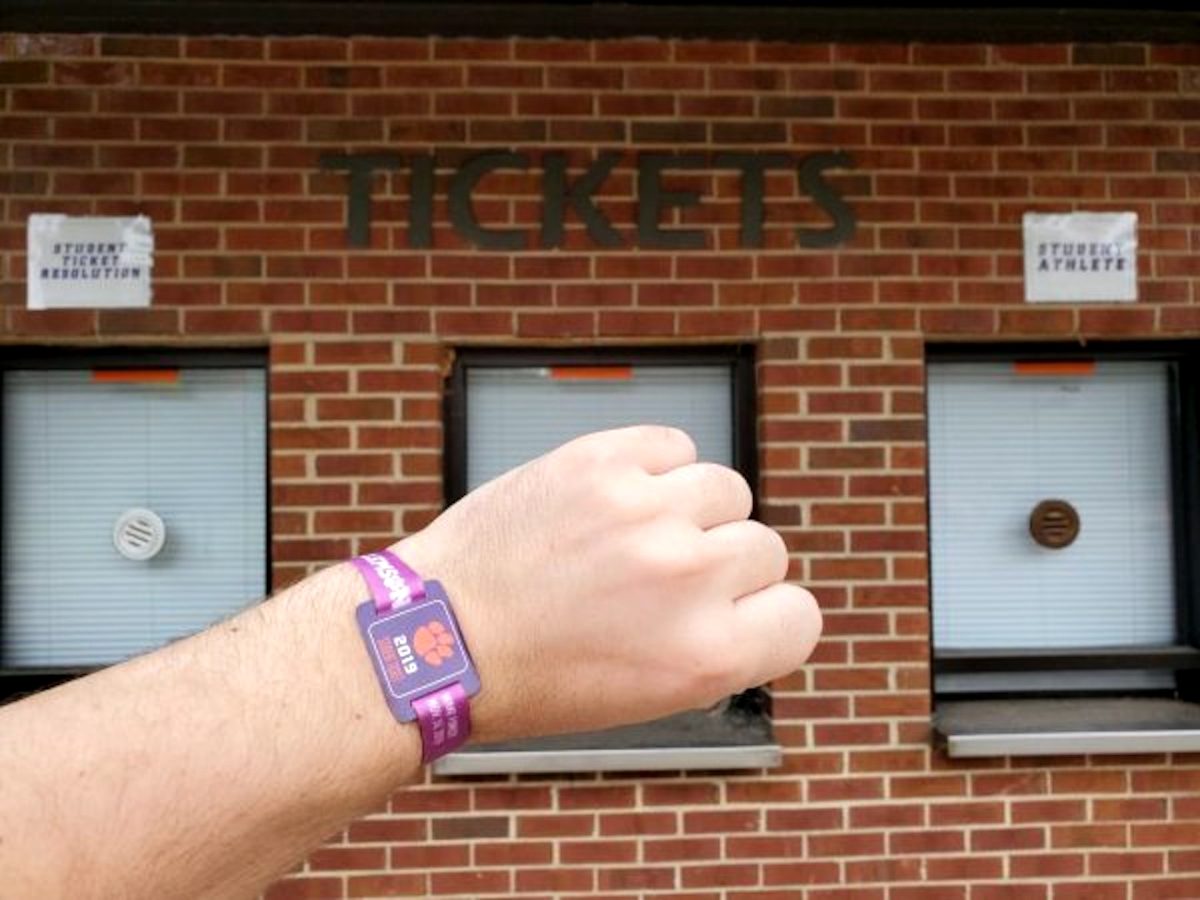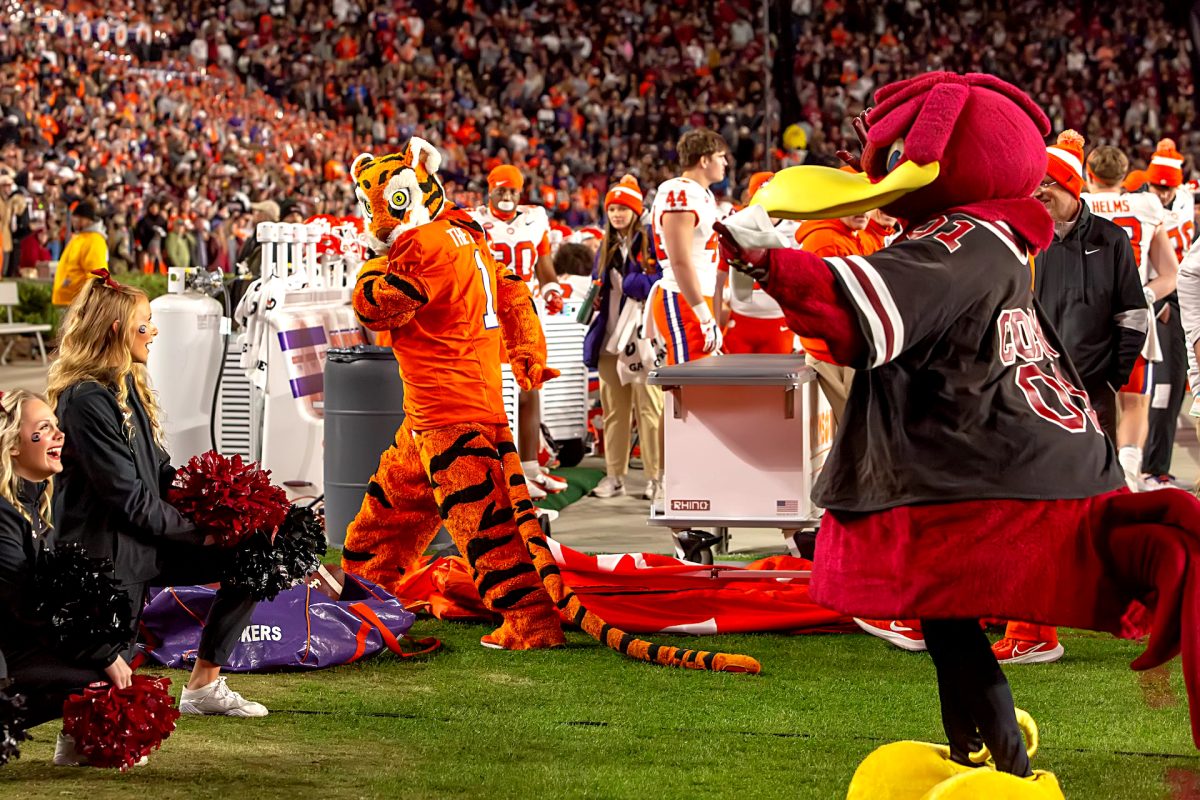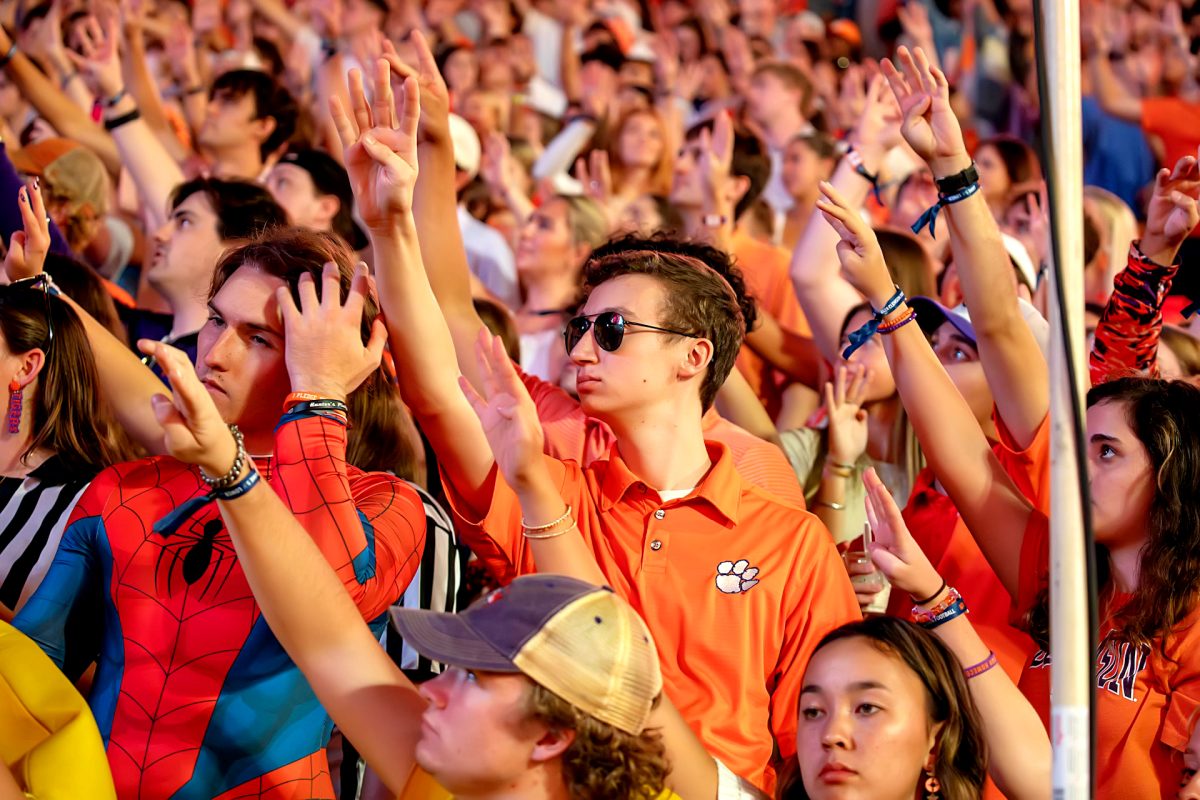When the Tigers make their way into Death Valley on Nov. 30, they will be sporting their famous “orange britches,” indicating a championship is at stake. These prized and beloved uniform items aren’t used very often, but when they are, Tiger fans pay attention. But when and where did these Clemson staples make their first appearances?
The year is 1980, and Danny Ford is struggling at Clemson. After taking over the head coaching role following the sudden departure of Charley Pell in 1978, Ford led the Tigers to a Peach Bowl in 1979 but, in 1980, was on the verge of missing a bowl game altogether.
From the south, the Gamecocks made their way to Memorial Stadium with future Heisman Trophy winner George Rogers at the helm. Rogers eventually led the nation in the 1980 season with 1,781 yards from scrimmage in total. Not helping matters was the fact that the Tigers had only won a single game in their last five and a brutal 34-7 loss to Maryland the week before the Palmetto Bowl matchup.
Ford needed something to fire up his boys and get them back on track.
He was feeling the heat from the fans, media and athletic department. Ford admitted after the fact that “it did not look good,” according to Clemson athletics.
On Wednesday, before the game, Ford called defensive captains Willie Underwood and Jeff Davis into his office. Then, he pulled out the good luck charm: the burnt-orange Russell Athletic pants. Only weeks before, Len Gough, the equipment manager, took a covert trip to Russell Athletic’s plant to retrieve the pants. It was Ford’s time to use them.
The Friday night dinner before the big game is always tense, but many players recalled this particular dinner as being glum. A lost season and a ferocious rival coming to town had many players wishing for the season to be over so they could go home for Christmas.
That was until Ford hit his glass and stood before his players. He reached down and grabbed the pants. His players went crazy. They were now ready to play.
Davis, a Clemson player and captain of the 1981 national championship team, recalled Ford’s influence in motivating the team for Clemson athletics’ series celebrating the most memorable games in Death Valley.
“Coach Ford was a master motivator,” Davis said. “He knew how to push the right buttons.”
When they ran down the hill that cold November day, the Clemson fans who had criticized them for weeks were elated to see the all-orange uniforms. The 64,000 fans went ballistic.
Davis remembers thinking, “We knew we were going to win,” after seeing the fans’ reaction.
The game wasn’t even particularly close. Despite entering as the favorite, the No. 14-ranked Gamecocks were stonewalled on offense by a fired-up Clemson defense. Underwood, who had never intercepted a pass in college, intercepted two South Carolina passes, returning one for a touchdown.
Running back Jeff McCall punched in a 15-yard touchdown late in the fourth quarter to secure a 27-6 win. Despite rushing for 168 yards, Rogers couldn’t score against the Tigers in his Heisman season. In four games against Clemson, he never scored a touchdown against the Tigers.
If anything, this game was a precursor to the 1981 national championship season. This game would begin a generational turnaround for Ford’s team. That suffocating defense was spearheaded in 1981 by Terry Kinard, Davis, Jeff Bryant and a young first-year William “The Fridge” Perry.
For Ford, the “orange britches” would become a symbol for big games the Tigers would play in. In 1989, his last season as the head coach at Clemson, Ford broke out the orange pants for the first time on the road in Columbia. The Tigers would beat the Gamecocks 45-0. It’s not a bad way to go out for the father of an iconic Clemson symbol of excellence.



